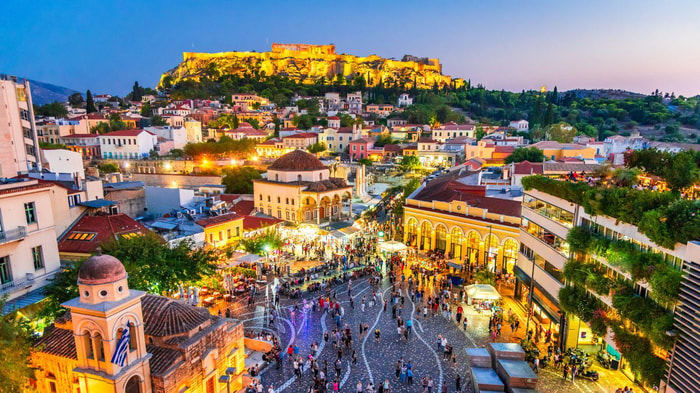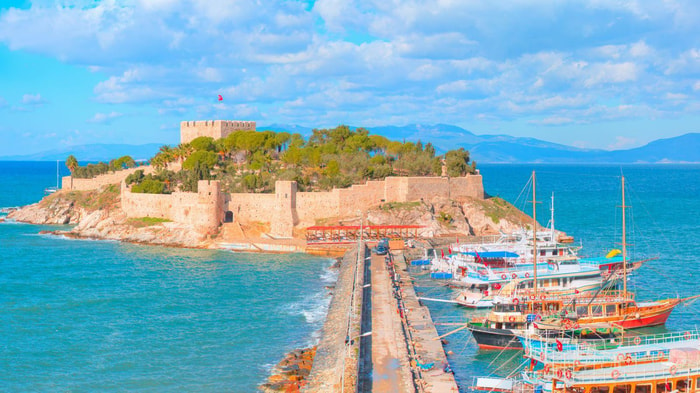7-Night Greece Intensive Voyage

A luxurious boutique hotel at sea, the Azamara Journey® is a mid-sized ship with a deck plan that’s intimate but never crowded, and offers everything modern voyagers are looking for—plus some unexpected extras.
Sold by Royal Caribbean Group in January 2021, Azamara is already expanding under its new owners, Sycamore Partners. The destination-focused line has brought forth a ship, Azamara Onward - the former Pacific Princess - which, like the rest of the fleet, is a Renaissance Cruises R-class. But regular customers needn't worry.
In fact, they'll notice little change under the new ownership, as many itineraries will continue to be based on single countries, with late nights and overnight stays in port. The signature AzAmazing evenings - exclusive shore-based cultural events - and optional pre or post-cruise land tours are also staying.







A luxurious boutique hotel at sea, the Azamara Journey® is a mid-sized ship with a deck plan that’s intimate but never crowded, and offers everything modern voyagers are looking for—plus some unexpected extras.
